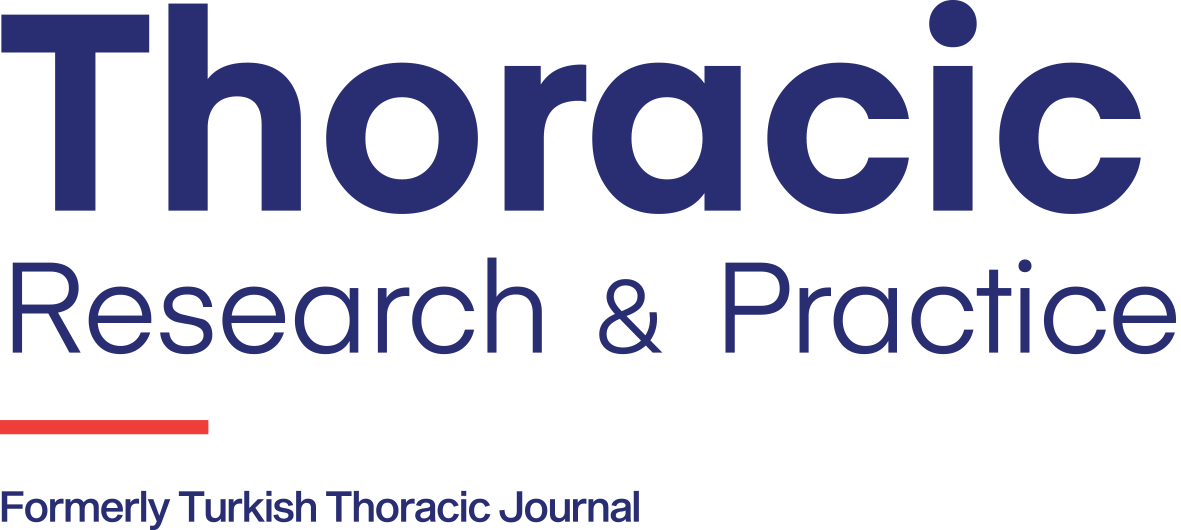Abstract
Abstract
Objectives:
Long term non-invasive ventilation (NIV) use in stable hypercapneic Chronic Obstructive Pulmonary Disease (COPD) becoming increasingly. However, domiciliary NIV effectiveness is controversial.
Methods:
This study was designed as a real life, cross-sectional, prospective. Inclusion criteria were stable COPD using NIV, age ≥45 years and ≥10 pack-year smoking history. Patients who had exacerbation within the past 6 weeks prior to enrollment were excluded from the study. Time to use NIV, adjusted pressures (inspiratory and expiratory pressures), additional long term oxygen supply were saved. Other parameters including body mass index, educational status, smoking status, comorbid diseases, arterial blood gases, CAT and mMRC scores and NIV complications were evaluated. Additionally, patients who use their PAP device during night or daytime, everyday regularly, and 5 hours/day and more, were classified as “high-compliance group,” and patients who used their PAP devices irregularly or less than 5 hours/day were classified as the “low-compliance group”.
Results:
Thirty two stable hypercapneic COPD patient were enrolled. Mean age was 62.8±9.8 years and 71.9% of patients (n=23) were male. Mean inspiratory positive airway pressure (IPAP) was 15.4±1.9 cmH2O and expiratory positive airway pressure (EPAP) was 5.8±1.3 cmH2O. All patient were using long term oxygen therapy. The patient were using bilevel positive airway pressure (BPAP) predominantly during daytime was 84.4% and night 15.6%. Humidifier was present in all of the NIVs. Mask types were oro-nasal mask with 62.5% (n=20) and nasal mask with 37.5%. Patients who were in “high-compliance group” were 11 (34.5%) patients and “low-compliance group” were 21 (65.5%) patients.
Conclusion:
Patients with COPD who have better compliance to PAP devices at home may increase the success and effectiveness of treatment. Although, this study includes small number of the patients, this study showed that domiciliary NIV in hypercapneic patients with COPD can be used safely and effectively.



